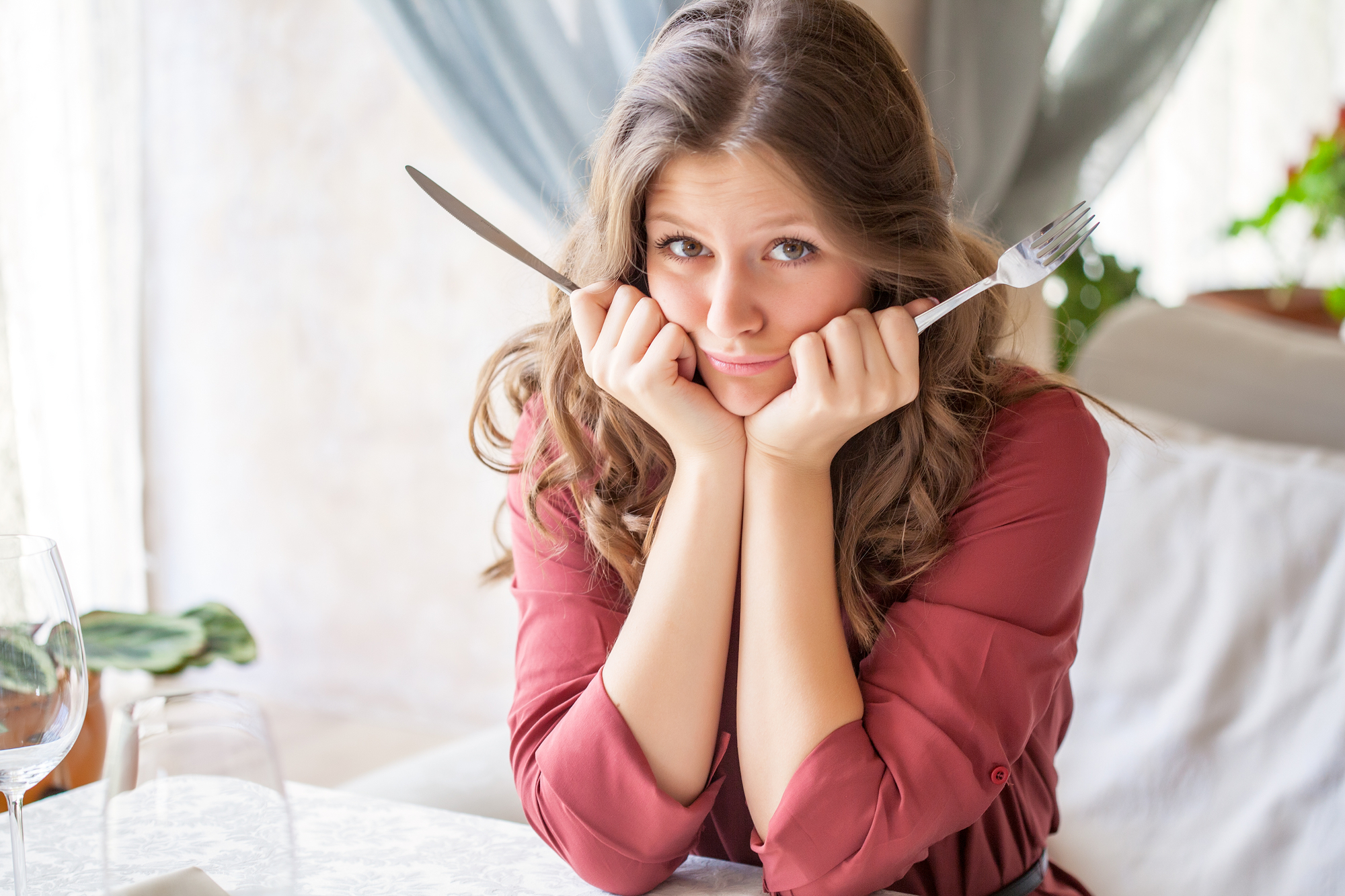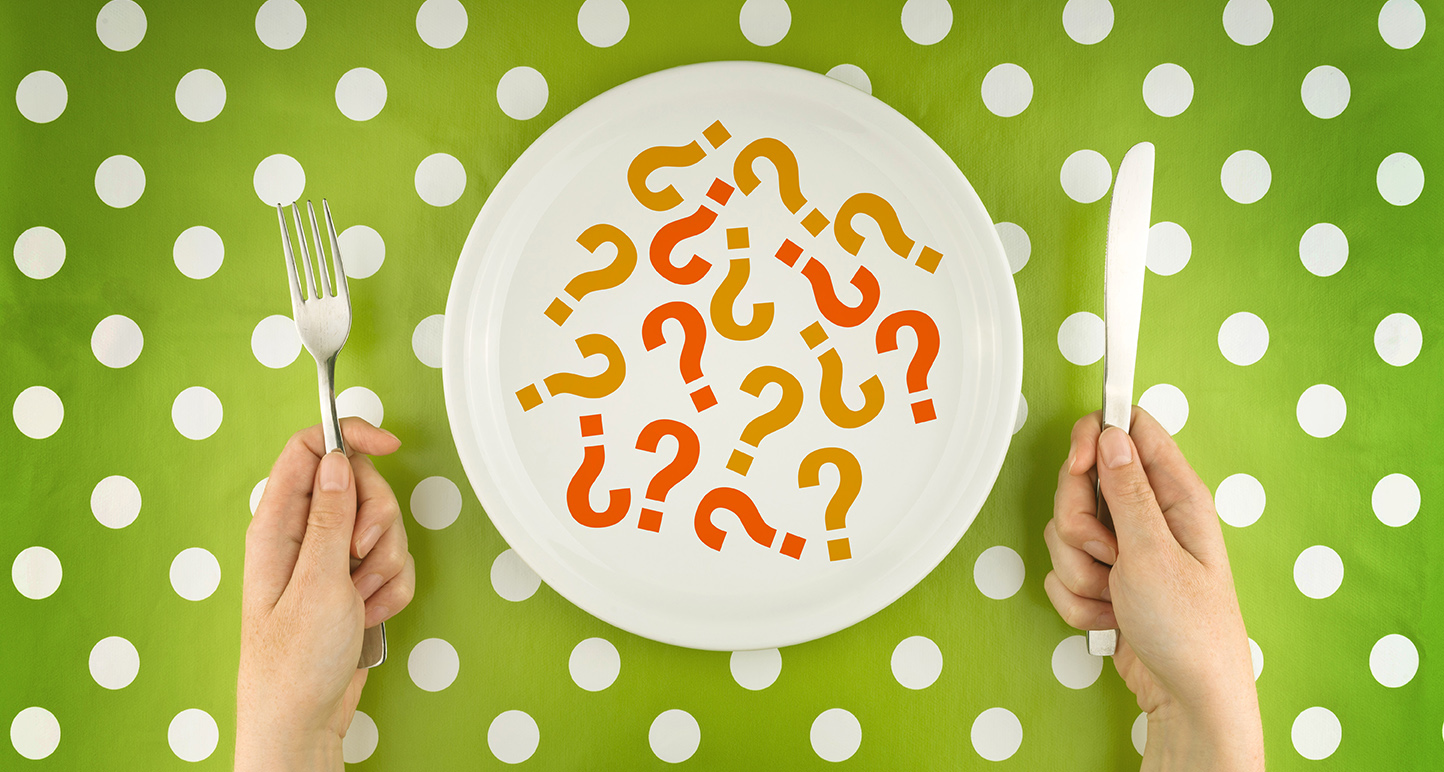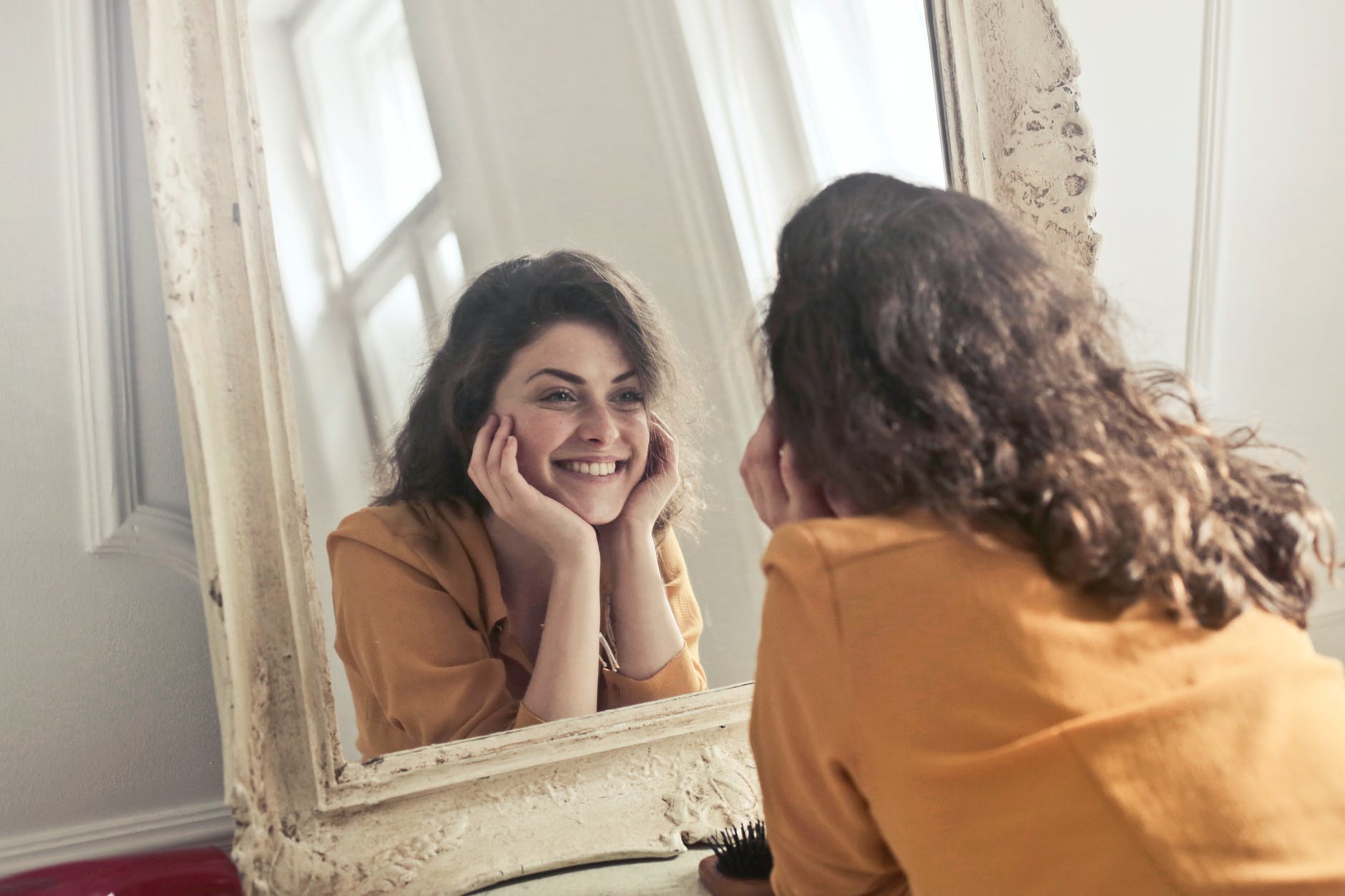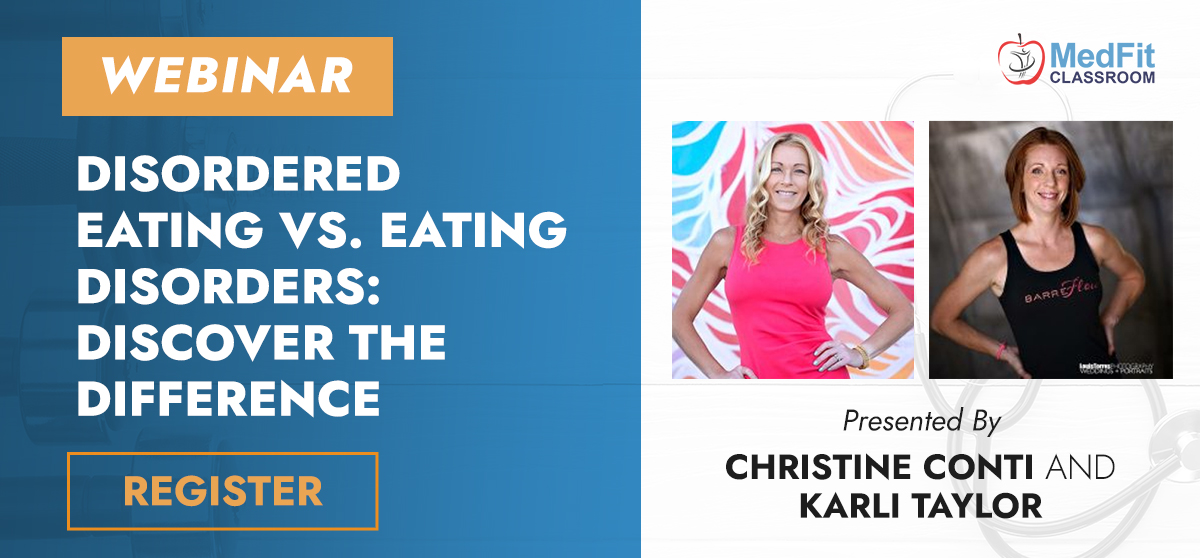New Year’s Resolutions and Eating Disorders
The beginning of every new year is flooded with talk of resolutions. The clean slate associated with a brand new calendar often inspires us to make changes in our lifestyles. Typically, these resolutions are centered around health, and in many cases, the emphasis is on weight loss. For those who struggle with eating disorders, this time of year can be especially difficult.




